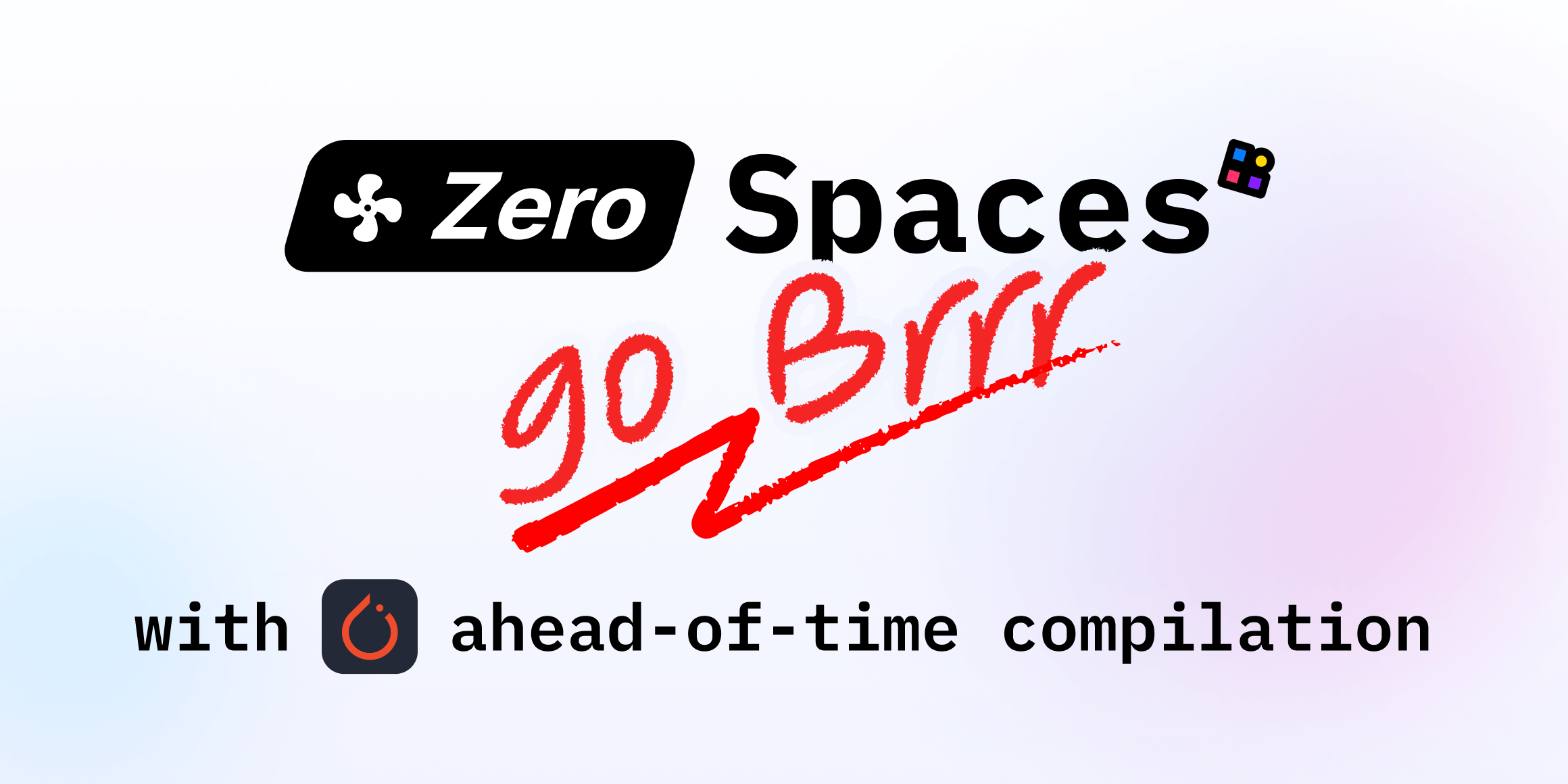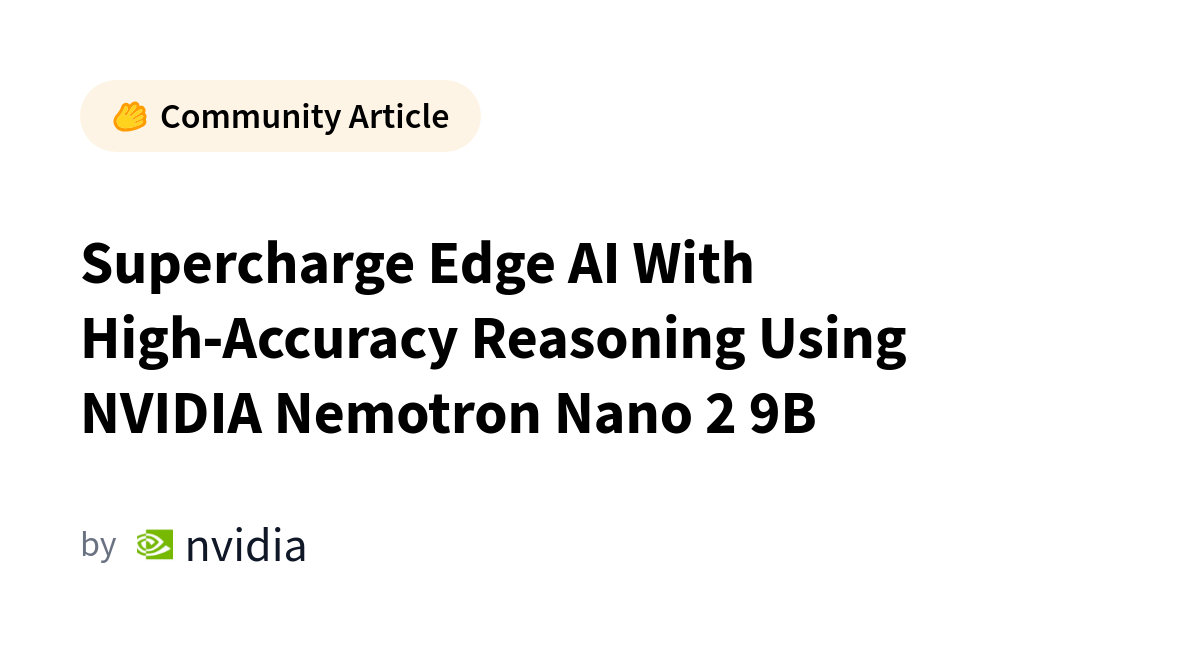
Say hello to hf: a faster, friendlier Hugging Face CLI
Sources: https://huggingface.co/blog/hf-cli, Hugging Face Blog
TL;DR
- The Hugging Face CLI has been renamed from huggingface-cli to hf to improve ergonomics and consistency. Hugging Face blog
- Commands are now organized as hf , with hf upload and hf download available at the root level for common use. Hugging Face blog
- The legacy huggingface-cli remains active and fully functional; users will see a warning pointing to the new CLI where applicable. Hugging Face blog
- A new dedicated command, hf jobs, introduces Hugging Face Jobs (pay-as-you-go) for running scripts or Docker images on Hugging Face Infrastructure, available to certain plans. Hugging Face blog
- To get started, install the latest huggingface_hub, reload your terminal, and verify the setup with hf version and hf —help. Hugging Face blog
Context and background
The Hugging Face team announced a long-awaited quality-of-life improvement: renaming the CLI from huggingface-cli to hf. This change addresses tedium from typing the old name and a growing command-structure that had become messy as features like upload, download, cache management, and repo management were added over time. The team chose a well-known CLI pattern: hf , aiming for a more ergonomic and discoverable experience while laying groundwork for future features. The upgrade path emphasizes a predictable grammar and a smoother learning curve for new and existing users. The announcement also notes that, to try the new CLI, users should install the latest huggingface_hub and reload their terminal session. After installation, the recommended starting points are hf version and hf —help to explore the new syntax. Commands are grouped by resource (hf auth, hf cache, hf repo, etc.), with hf upload and hf download surfaced at the root level as the most-used actions. To dig deeper into any command group, simply append —help. If you were using huggingface-cli, most commands will look familiar, but the authentication flow is the biggest change: all auth commands are now grouped under hf auth (including a switch to change between local profiles) and hf auth list (to list local profiles). The legacy huggingface-cli remains active and fully-functional, with warnings guiding users to the new CLI equivalent where appropriate. This transition is designed to ease adoption while preserving compatibility. Hugging Face blog We also learned about the new dedicated command: hf jobs. Hugging Face Jobs lets you run scripts or Docker images on Hugging Face Infrastructure using the hardware flavor of your choice, with billing on a pay-as-you-go model—pay only for the seconds you use. The Jobs service is introduced as a progressive enhancement to the CLI, and it is heavily inspired by Docker’s familiar commands. Access to Hugging Face Jobs is limited to Pro users and Team or Enterprise organizations, with an upgrade required to begin. For further details, readers are encouraged to consult the Jobs guide linked in the announcement. Hugging Face blog
What’s new
- Rename and reorganization: huggingface-cli becomes hf, and the command structure shifts to hf , with root-level actions like hf upload and hf download to cover the most common workflows. Hugging Face blog
- Command grouping by resource: new architecture groups commands under resources such as hf auth, hf cache, and hf repo, improving discoverability. Hugging Face blog
- Authentication changes: authentication-related commands are consolidated under hf auth, including a switch to manage different local profiles and a list command for local profiles. The legacy huggingface-cli remains available with warnings directing users to the new CLI. Hugging Face blog
- New command: hf jobs. This introduces Hugging Face Jobs, a service to run scripts or Docker images on Hugging Face Infrastructure, billed pay-as-you-go and available to Pro and Team/Enterprise tiers. Hugging Face blog
- Compatibility and transition: most huggingface-cli commands will feel familiar, and the legacy CLI is kept to ease the migration path while users adapt to hf. Hugging Face blog
Tables – quick comparison of the old and new patterns
| Aspect | Old CLI | New CLI |---|---|---| | Command pattern | huggingface-cli | hf (with root-level hf upload/download) |
Why it matters (impact for developers/enterprises)
For developers, the reformatted CLI reduces friction when learning and using Hugging Face tooling. The hf pattern makes it easier to predict command names and discover capabilities through —help. By surfacing the most-used actions at the root level (upload and download), workflows become quicker to start. The emphasis on a consistent grammar also supports ongoing feature development, minimizing the cognitive load during onboarding and daily usage. For enterprises and teams, the authentication improvements streamline management of multiple local profiles, and the introduction of Hugging Face Jobs provides a scalable, pay-as-you-go option for executing code on Hugging Face Infrastructure, subject to plan eligibility. The cautious transition—keeping the legacy huggingface-cli functional with warnings—helps organizations migrate at their own pace while validating the new CLI against production workflows. Hugging Face blog
Technical details or Implementation
- Getting started: install the latest huggingface_hub, reload your terminal session, then verify installation with hf version and explore with hf —help. These steps establish the new CLI environment and reveal the resource-based command groups. Hugging Face blog
- Command discovery: commands are grouped by resource (e.g., hf auth, hf cache, hf repo). The most-used actions are exposed at the root level as hf upload and hf download. To dive deeper into any command, append —help to that command. Hugging Face blog
- Authentication changes: all auth commands have been reorganized under hf auth, including a mechanism to switch between local profiles and a command to list local profiles (hf auth list). The legacy huggingface-cli remains available with a warning pointing to the new CLI. Hugging Face blog
- Hugging Face Jobs: a new dedicated command, hf jobs, enables running any script or Docker image on Hugging Face Infrastructure using a chosen hardware flavor. Billing is pay-as-you-go, and Jobs are available only to Pro users and Team or Enterprise organizations; upgrading is required to access the feature. The Jobs experience is described as Docker-inspired. Hugging Face blog
Key takeaways
- hf replaces huggingface-cli with a clearer, more consistent command structure. Hugging Face blog
- The CLI groups commands by resource and keeps essential actions at the root level for quick access. Hugging Face blog
- Legacy huggingface-cli remains usable, with warnings guiding migration to hf. Hugging Face blog
- Hugging Face Jobs is introduced as a pay-as-you-go service for Pro and above plans, expanding what you can run on Hugging Face Infrastructure. Hugging Face blog
- To start, install the latest huggingface_hub and verify with hf version and hf —help. Hugging Face blog
FAQ
-
How do I start using hf?
Install the latest huggingface_hub, reload your terminal, and run hf version to confirm the setup; then explore features with hf --help. [Hugging Face blog](/https://huggingface.co/blog/hf-cli)
-
What happened to huggingface-cli?
The CLI was renamed to hf, and the legacy huggingface-cli remains active with warnings directing users to the new CLI. [Hugging Face blog](/https://huggingface.co/blog/hf-cli)
-
Where are authentication commands now?
ll authentication commands are grouped under hf auth, including a switch to change between local profiles and hf auth list to list profiles. [Hugging Face blog](/https://huggingface.co/blog/hf-cli)
-
What is Hugging Face Jobs and who can use it?
Hugging Face Jobs is a new service to run scripts or Docker images on Hugging Face Infrastructure, paid pay-as-you-go, available to Pro users and Team or Enterprise organizations; an upgrade is required. [Hugging Face blog](/https://huggingface.co/blog/hf-cli)
-
Do I need a paid plan for hf jobs?
Yes—Hugging Face Jobs are available only to Pro users and Team or Enterprise organizations; upgrading your plan is required to get started. [Hugging Face blog](/https://huggingface.co/blog/hf-cli)
References
More news
Scaleway Joins Hugging Face Inference Providers for Serverless, Low-Latency Inference
Scaleway is now a supported Inference Provider on the Hugging Face Hub, enabling serverless inference directly on model pages with JS and Python SDKs. Access popular open-weight models and enjoy scalable, low-latency AI workflows.
Make your ZeroGPU Spaces go brrr with PyTorch ahead-of-time compilation
A report on using PyTorch Ahead-of-Time (AoT) compilation to accelerate ZeroGPU Spaces on Nvidia H200 hardware, including setup, quantization options, dynamic shapes, and practical speedups.
Make your ZeroGPU Spaces faster with PyTorch ahead-of-time (AoT) compilation
Learn how PyTorch AoT compilation speeds up ZeroGPU Spaces on Nvidia H200 GPUs, enabling instant reloads, FP8 quantization, dynamic shapes, and practical speedups (1.3x–1.8x) for Flux, Wan, and LTX models.
Generate Images with Claude and Hugging Face: A Practical Guide
A comprehensive look at connecting Claude to Hugging Face Spaces and MCP Server to generate high-quality images, including realistic textures and accurate text rendering with FLUX.1-Krea-dev and Qwen-Image.
NVIDIA Nemotron Nano 2 9B Tops Leaderboard with 6x Throughput for Edge AI
The Nemotron Nano 2 9B is an open enterprise‑grade reasoning model with a Hybrid Transformer–Mamba backbone and a configurable thinking budget, delivering leading accuracy and 6x throughput for edge and hybrid deployments.
From Zero to GPU: Building and Production-Ready CUDA Kernels with Kernel Builder
A step-by-step guide to authoring, building, versioning, and publishing production-ready CUDA kernels using the Hugging Face kernel-builder and reproducible Nix builds.




